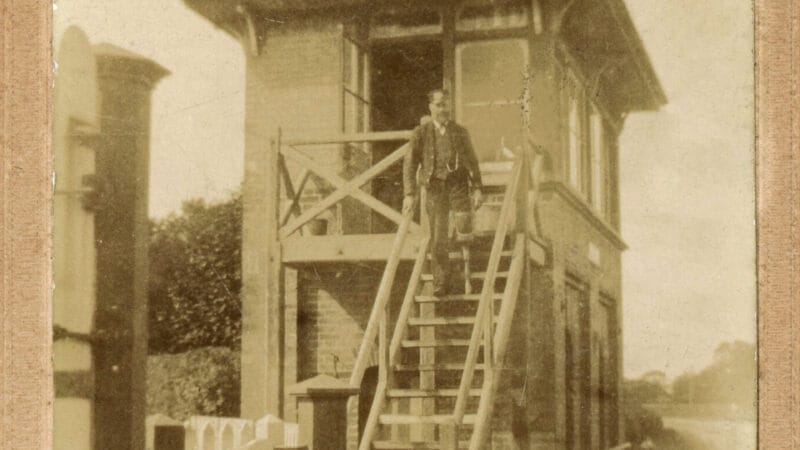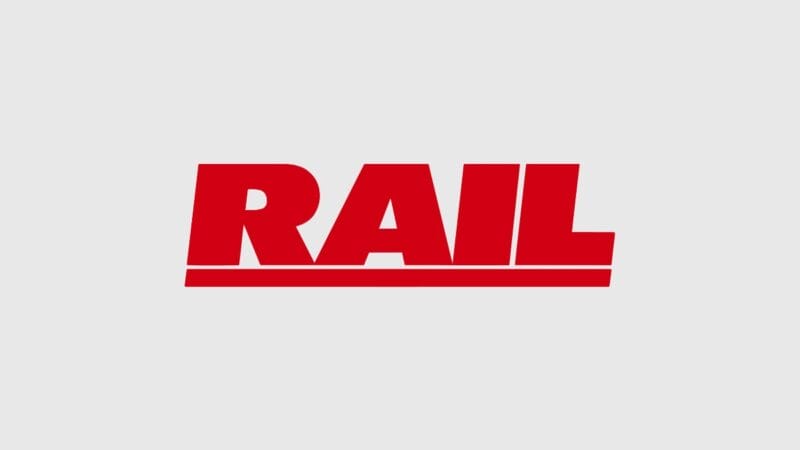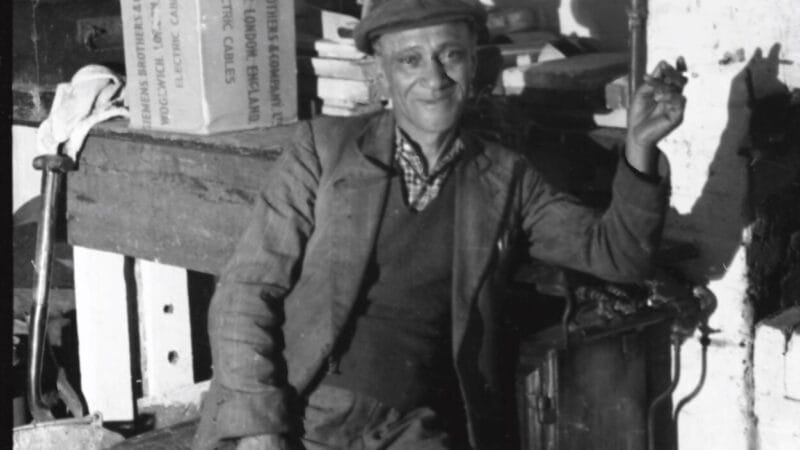Caroline Hardie, Trustee of Friends of the Stockton & Darlington Railway, takes us back to when and where it all began…
Two hundred years ago tomorrow, on September 27 1825, the Stockton & Darlington Railway (S&DR) opened. This 26-mile line in the North East of England was to have a significant impact on the country and the world.
Unlike railways that had gone before, the S&DR was the start of a large-scale public national transport infrastructure. It was designed to have a permanent main line and branches, available for anyone to use for a fee at an agreed and advertised rate.
The main line on the opening day was 26 miles long, and it was seen to be the start of something much larger, not an end in itself. By 1830, it consisted of nearly 50 miles of trackbed.
Unlike many earlier railways, the S&DR was not a single-use line built to haul one thing, such as coal. The first Act of Parliament (1821) had set out a wide range of things the railway could carry, and in the subsequent 1823 Act this was summarised as “Goods, Merchandize, and other Articles and Things upon and along the same Roads, and for the Conveyance of Passengers…”
This successful business of a mixed goods and passenger railway became the model for all subsequent railways. The passenger service took off, and by 1829 business commuting was well under way on the S&DR, so that the railway company embarked on providing places where travellers could obtain shelter and refreshments, have meetings, catch a train, or leave parcels and packages to be transported by rail.
These taverns, or early stations, were also located next to land sale depots, where coal, lime and other similar goods could be purchased on site. An individual in residence was appointed to oversee the whole site – the model for the rural stationmaster. The company also built its first goods station in 1826-27 in Darlington, for goods in transit.
The railway was designed to use locomotive power, but the early designs were for a horse-powered railway.
Thanks to George Stephenson and Edward Pease, the plans were altered so that the railway would be locomotive-hauled – as set out in the 1823 Act of Parliament.
In 1823, key players from the S&DR had founded Robert Stephenson & Co, to make locomotives and stationary steam engines. This far-sighted business investment predicted that other railways would follow the S&DR, and that they too would want to order locomotives.
Despite these early locomotives being unreliable, the S&DR fervently promoted locomotive power as the way forward, and key to this was Timothy Hackworth’s work at Shildon.
He was the S&DR’s Chief Mechanical Engineer, and in this capacity designed the Royal George in 1827.
Its construction was the turning point in locomotive design. Its successful use restored confidence in locomotive power and paved the way for the general adoption of steam.
The operating business model of mixed goods, freight and passengers was an important factor in the success of the railway, because it was not reliant on a single industry such as coal.
Financial backing was also available to the company, through the shares it sold and loans acquired through a network of Friends, or Quakers – many with banking interests.
The profits the company delivered in its first five years also convinced a sceptical public that railways were a sound investment, not just a technical novelty. This encouraged more people to invest in more railways.
Meanwhile, the public now understood that the railway had the potential for high-speed regular passenger travel for individuals and businesses alike.
Interest in the railway was on a national and international scale, with engineers and promoters from other parts of the UK, France and America eagerly monitoring the construction of the line and attending the opening ceremony in 1825.
They also visited the pioneering railway to explore the best methods of running a railway, and Hackworth and the S&DR were eager to share their unique expertise.
George Stephenson, employed to design the railway and oversee its construction, chose what became known as the standard gauge for the railway, and this subsequently became the most widely used railway gauge in the world.
He also learned valuable lessons in building the S&DR which he could then apply elsewhere. For example, the challenges of constructing the railway embankment across Myers Flat, a swampy area north of Darlington, provided valuable experience when he designed the Liverpool & Manchester Railway across Chat Moss.
From its beginnings, the S&DR had learned how to run a steam-powered, public railway – every day, and in all weathers.
In doing so it demonstrated to the wider world that such a railway could be a technical and financial success, giving birth to the modern railway that we know today. The S&DR has therefore been celebrated every 50 years since its opening in 1825.
The 2025 celebrations include a variety of events, many of which can be found on the Railway 200 and S&DR200 web sites.
A walking route is being constructed along much of the main line. The Friends of the S&DR has created a series of free guided walks to help people explore the line, and members have been working hard to ensure that the S&DR is not only adequately protected into the future (they are currently trying to save the world’s earliest railway station at Heighington),
they have also been out litter picking, returning railway character to the line, restoring structures, and adding picnic tables.
All will help to ensure that the remains of this world-changing railway are in the best condition they can be for visitors who come to pay homage to the railway that got the world on track.


